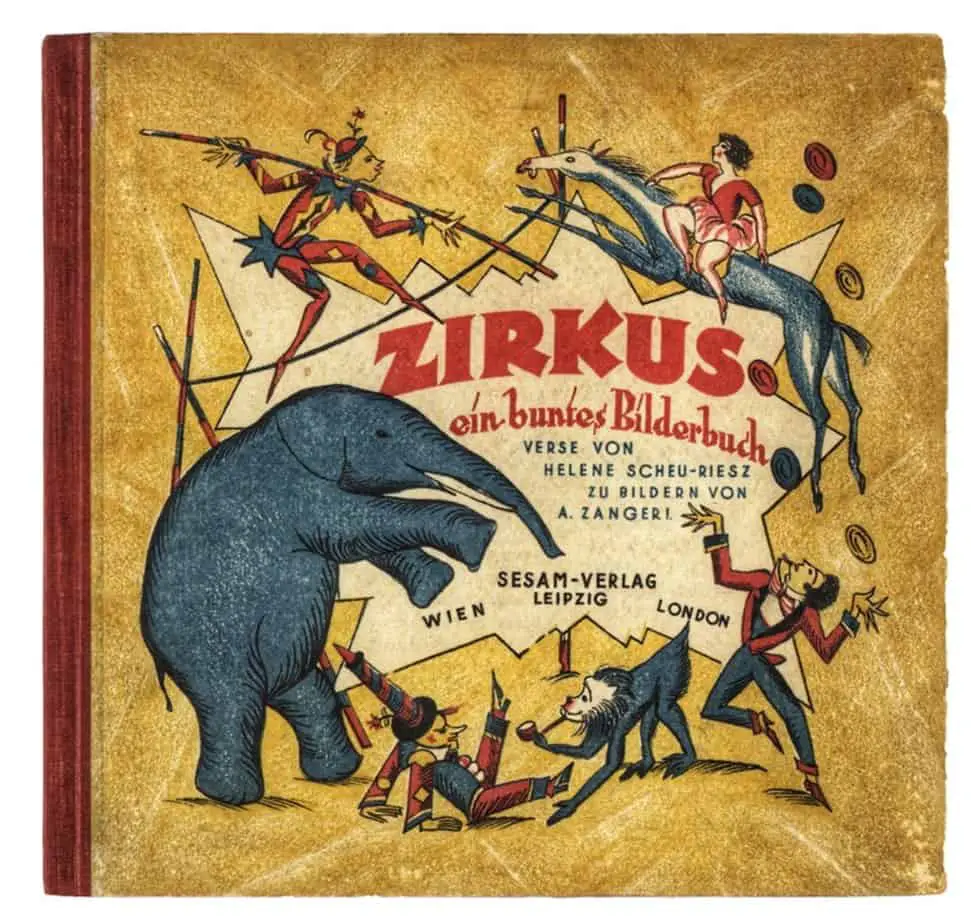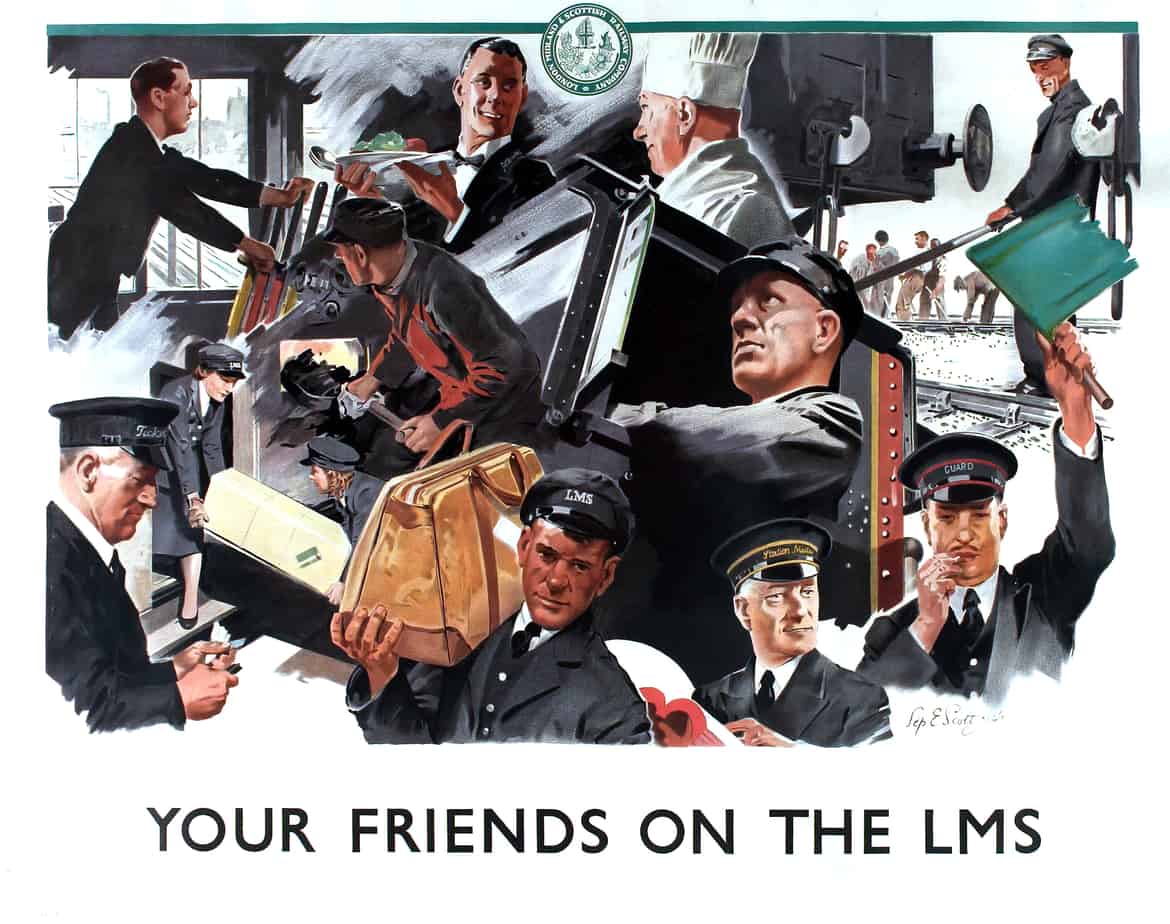Let’s say there are 7 main categories of Narrative art. Narrative art is art which tells a story. This post is about the subcategory which has been called ‘Simultaneous Narrative’ art.
- Monoscenic — represents a single scene with no repetition of characters and only one action taking place
- Continuous — Continuous narrative art gives clues, provided by the layout itself, about a sequence. Sequential narrative without frames.
- Sequential — very much like a continuous narrative with one major difference. The artist makes use of frames. Each frame is a particular scene during a particular moment. Think comic strips.
- Synoptic — offers the synopsis of a bigger story. You must know a story before you can understand synoptic narrative. In a picture book, the text will help with this.
- Simultaneous — has very little visually discernible organisation unless the viewer is acquainted with its purpose. There’s an emphasis on repeatable patterns.
- Panoptic — depicts multiple scenes and actions without the repetition of characters. Think of the word ‘panorama’. ‘All-seeing’ (pan + optic)
- Progressive — a single scene in which characters do not repeat. However, multiple actions are taking place in order to convey a passing of time in the narrative. A progressive narrative is not to be interpreted as a group of simultaneous events but rather a sequence that is dependent on its positioning on the page. Actions displayed by characters in the narratives compact present and future action into a single image.
The concept of simultaneous narrative art is interesting when it comes to picture books because if you take, say, an illustration of a country fair, where one person is eating candy floss, another is riding the merry-go-round, another is shooting balls into clown mouths and so on and so forth, until all of the various ‘country fair-ish’ acts have been covered, is the viewer really meant to believe these things are occurring a the same time?
If you visited a real life country fair, you’d never get a photo of that. You’d have to stage manage it. Yet it’s possible that within the fantasy world of the picture book, these events truly are going on at the same time. The reader is not meant to perceive them as sequential.
Alternatively, it doesn’t matter if the reader does read the events as sequential. The takeaway point from a busy circus scene: These things all went on at the country fair that day.


